Today we have Ministers for climate change, sport, international development etc, but on the 4th September 1939 (1 day after the second World War was declared) the Minister for Food was announced; His role was to promote the idea of rationing and to offer healthy eating advice and why it was so important. It was the first time nutritional science was applied
This was crucial because in the 1930 Britain imported 70% of its food. From 1940 to 1954 ration books had to be shown in order to purchase food. They also catered for special dietary needs including vegetarian and food for different faiths
Campaigns like ‘Dig for Victory’ encouraged people to grow fruits and veg and rear livestock on every available green space. It was an overwhelming success and by 1945, around 75% of food consumed in Britain was produced in Britain.
Did the war mean UK citizens were healthier – for the most part yes!
Processed foods hadn’t yet hit the shops, fast food (apart from fish and chips!) hadn’t taken over the high street and the nutritional values of some foods were higher because intensive farming wasn’t so common.
Our calorie consumption is pretty similar in 1940 the average person ate 2200 calories a day compared with 2100 average now. But they ate less fat, sugar and protein. And of course they were more active. The simplest and cheapest form of transport was walking; the bicycle was used daily and the bus and car for longer or special journeys. Household chores were also labour intensive with women spending as much as 70 hours in the home. The working life was also harder and more labour intensive. So we burnt more calories. When we managed to have some leisure time it may be spent walking in the countryside, biking or having a picnic.
But back to the food, which was quite basic and the portions were not over generous. In an attempt to combat waste a recipe called the ‘National loaf’ was created using not only the whole wheat grain but the husk too. Up until that point white bread was generally eaten
WW2 Rations 1940: per one person (adult) per week
Butter: 50g (2oz)
Bacon or ham: 100g (4oz)
Margarine: 100g (4oz)
Cooking fat/lard: 100g (4oz)
Sugar: 225g (8oz).
Meat: about 1lb (450g) to 12ozs (350g)
Milk: 3 pints (1800ml) occasionally dropping to 2 pints (1200ml).
Cheese: 2oz (50g) rising to 8oz (225g)
Eggs: 1 fresh egg a week.
Tea: 50g (2oz).
Jam: 450g (1lb) every two months.
Dried eggs: 1 packet (12 eggs) every four weeks.
Sweets & Chocolate: 350g (12oz) every four weeks
So a typical days menu could be breakfast of National loaf toast with a scraping of butter/spread and a teaspoon of jam or marmalade. Tea with milk (no sugar) or a tomato and cheese toasty using only 20g of cheese and 1 tomato
Lunch: Homemade corned beef fritters with plenty of seasonal vegetables (from the garden). Followed by eggless steamed jam pudding and a cup or two of tea
High Tea: Beetroot sandwiches using the National loaf, with a glass of milk, or homemade vegetable soup with a slice of National loaf
Supper: a glass of milk
Very little food was wasted, stale bread was used to make bread and butter pudding, summer pudding, stuffings, or simply baked in the oven until crisp and used like a cracker. Vegetable peelings were used to make stock or soup, or fed to the pig. A glut of fruit and vegetables would be bottled or pickled to keep the family going through winter. Potatoes were homegrown, cheap, nutritious, calorie dense and abundant so they found their way in to many recipes such as soups and more unusually pastry, steamed puddings, scones. Or used to make a meal go further like pies and casseroles. All parts of vegetables were used, rather than the main parts we only use now. So tops of Broccoli, beetroot and turnips found accompanied many meals. As did nettles, cabbage leaves and stalks
On the whole we were healthier, slimmer and fitter than we are now. There may be something in this rationing after all!
Susan Hart
Nutrition coach
Web:http://www.nutrition-coach.co.uk/
Email:susan@nutrition-coach.co.uk
Mobile:07946 301338
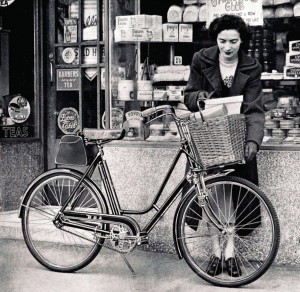
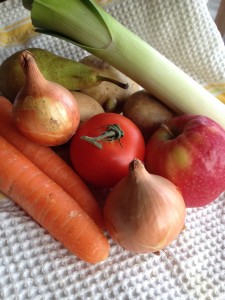
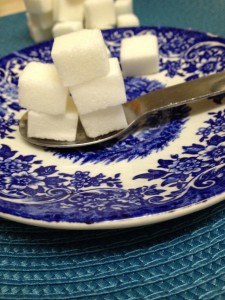
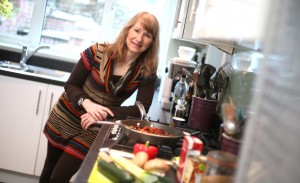
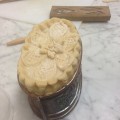
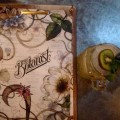

Thanks for publishing my article. its very timely given today’s news that some shop bought coffees can have up to 20 teaspoons of sugar. During WW2 rationing we had to manage on about 56 teaspoons a week. That had to be used for cooking, baking preserving, so there was never any spare for sweet drinks